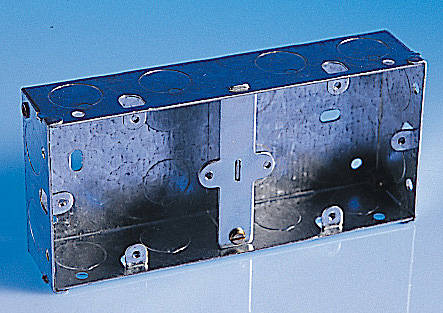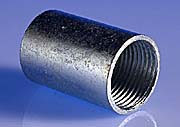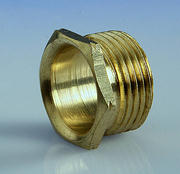Hi all,
I was changing some sockets over the weekend and noticed that one double socket which was already a spur, had another spur coming off to another double socket. Now I know this is wrong even though it's been this way for the last 20+ years, and can be corrected by putting an FCU before the first double socket. However, this will require making a mess in our newly plastered and decorated lounge which is a minor inconvenience compared to telling the missus about making a mess in our newly plastered and decorated lounge. So as far as I can tell I have one solution; drop the second spur and put a blanking plate on (or even leave the double socket on, just not wired for aesthetics).
I was just wondered whether if anybody knows if you can get an fused double socket (even if one half is a socket and one half is the fuse)? I can't seem to fine one but for me this would solve all my problems.
Cheers,
Paul.
I was changing some sockets over the weekend and noticed that one double socket which was already a spur, had another spur coming off to another double socket. Now I know this is wrong even though it's been this way for the last 20+ years, and can be corrected by putting an FCU before the first double socket. However, this will require making a mess in our newly plastered and decorated lounge which is a minor inconvenience compared to telling the missus about making a mess in our newly plastered and decorated lounge. So as far as I can tell I have one solution; drop the second spur and put a blanking plate on (or even leave the double socket on, just not wired for aesthetics).
I was just wondered whether if anybody knows if you can get an fused double socket (even if one half is a socket and one half is the fuse)? I can't seem to fine one but for me this would solve all my problems.
Cheers,
Paul.




